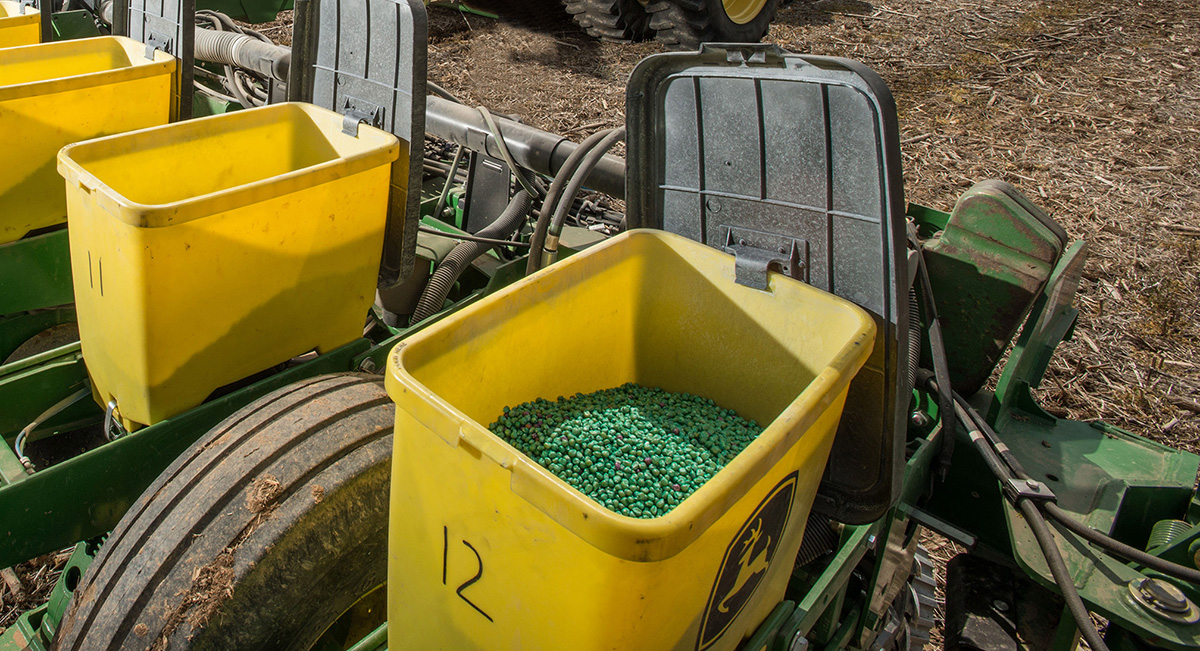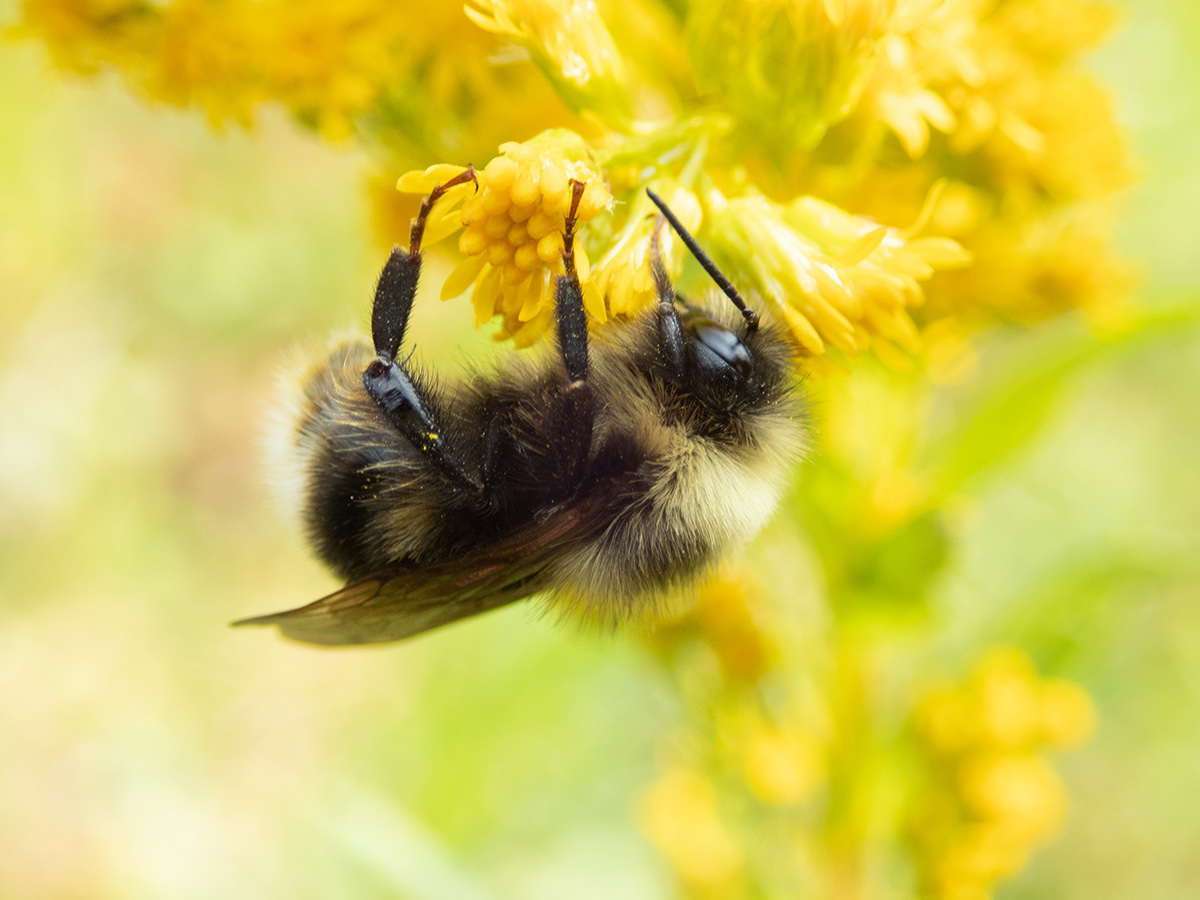Up to 76% of California cropland is possibly planted with neonicotinoid-coated seed. We need to better understand the use of these toxic seeds and address the risks they pose.
Late last week, an important step was taken to update pesticide regulation. Groups challenged the California Department of Pesticide Regulation (CA DPR) to close the loophole allowing for unregulated sale and use of seeds pretreated with pesticides. The lawsuit was filed by Natural Resources Defense Council, Californians for Pesticide Reform, The Center for Biological Diversity, Friends of the Earth, and Pesticide Action Network North America.
California does not consider pesticide-coated seeds as pesticides, leaving them unregulated
Moving toward regulation for pesticide-coated seeds would be a critical development in pesticide safety. A few months ago, I made the case that the widespread and concerning risks caused by the use of pesticide-coated seed requires policy change as part of the solution. More specifically, state and federal regulators need to initiate the same oversight of pesticide-coated seed that they have for other pesticide uses, like tracking use, assessing risk and mitigating any unreasonable risk.
Thirty years ago, the use of pesticide-coated seed, especially insecticide-coated seed, wasn’t common practice. But over the last few decades coated seed use has risen dramatically. That rise is in part due to the advent of neonicotinoids (“neonics”). Why? Well neonics, unlike most of the older insecticides, can be absorbed by a seed to make the seed and growing plant toxic to pests. But they can also make the plant, including the pollen and nectar, toxic to pollinators and other beneficial insects. Regulation has not kept up with this change to the way pesticides are used.

Each pesticide-coated seed is toxic enough to kill tens of thousands of bees
To give a better picture of how big the current loophole in pesticide regulation is, I’ll use neonics as a case study. Neonics are registered for use as seed coatings on dozens of California’s crops; broccoli, cotton, lentils, lettuce, melons, potatoes, rice and sunflowers are just a few examples. It is estimated that up to four million acres of land could be planted with neonic-coated seed in California, the equivalent to 76% of the state’s cropland.
That estimate is a worst-case scenario, in that not all growers of crops that can use neonic-coated seed do use coated seed. Still, even if only a small fraction of that acreage is planted with neonic-coated seed, it is reason for concern. Every single neonic-coated seed carries a toxic load. Scientists found that a single corn kernel can have enough insecticide on it to kill 80,000 bees, and a newer unpublished review found that a single seed could kill 250,000 bees.
While all that contamination isn’t necessarily going to find its way to a bee or other beneficial insect, the preponderance of research demonstrates that the use of neonics is putting pollinators, aquatic invertebrates, and other beneficial insects at risk. A new study, Recent and future declines of a historically widespread pollinator linked to climate, land cover and pesticides, identifies nitroguanidine neonicotinoids as the pesticides that are most affecting the vulnerable western bumble bee (Bombus occidentalis).
So, hats off to Natural Resources Defense Council and their plaintiffs for taking this step to move California in the right direction. Let’s hope that CA DPR rises to the challenge.




